California’s housing landscape is constantly evolving, and 2025 brings a host of changes, opportunities, and challenges for seniors seeking affordable housing support. With an expanding aging population, rising cost of living, and new state and federal initiatives, it’s vital for seniors in California to stay updated on the latest policies and programs affecting housing vouchers.
Housing Voucher Programs and Key Numbers
The main vehicle for rental assistance among low-income seniors is the Housing Choice Voucher Program, also known as Section 8. In California, various counties and cities operate their own voucher programs, each with expected income limits that adjust annually. As a useful reference point, here’s a table illustrating typical income limits, which play a major role in eligibility determinations for seniors seeking assistance in 2025.
| Household Size | 2025 Maximum Yearly Income (Sample County) |
|---|---|
| 1 | $45,050 |
| 2 | $51,450 |
| 3 | $57,900 |
| 4 | $64,300 |
| 5 | $69,450 |
| 6 | $74,600 |
| 7 | $79,750 |
| 8 | $84,900 |
Keep in mind, these are sample guidelines, and the precise figures will vary based on location and updated state or county regulations.
What’s New for Seniors in 2025?
The most significant developments regarding housing vouchers for seniors in California for 2025 involve updates to eligibility, expanded protections, and new housing laws designed to meet the mounting demand.
Eligibility and Access Changes
Several housing authorities, including those in major counties like Riverside, have recently closed their Housing Choice Voucher waitlists to new applicants for extremely elderly individuals (age 70 and older) due to overwhelming demand. Those already on the list can update their status, but new registrations for many programs are paused until further notice. This highlights both the increasing demand for assistance and the challenges public agencies face as funding and voucher availability lag behind need.
Additionally, the Project-Based Voucher lists (which tie assistance to specific properties rather than individual households) often remain open even when Section 8 waitlists close, giving seniors an alternative pathway to subsidized housing.
Policy and Law Overhauls
California has enacted more than 60 housing-related bills taking effect in January 2025, many of which indirectly benefit seniors by boosting overall affordable housing supply and providing local governments with new tools to accelerate housing production.
Recent amendments to zoning laws (such as SB 450) and density bonus statutes explicitly expand the eligibility of projects serving seniors and elderly care facilities. Additional measures increase transparency for developers, extend fee deadlines for qualifying projects, and clarify affordable housing definitions. These adjustments, combined with existing state mandates, encourage new senior-friendly developments and streamline permitting for multi-unit and care-based housing options. For seniors, this means an expanded range of new or rehabilitated properties may become available – though getting a voucher for these remains tied to program demand and income limits.
Local Initiatives and Senior-Centered Programs
While federal Section 8 vouchers remain the foundation, California is home to several locally administered initiatives. The state’s commitment to funding new affordable developments, especially those supporting senior and disabled residents, is evident in proposals to expand state funding pools and affordable housing credits. The “silver tsunami” – the rapid growth of the senior population – has spurred local authorities to prioritize developments that include supportive services, accessible units, and health amenities.
Many counties and cities, such as Sacramento, Sonoma, and Orange County, now have specialized teams guiding senior applicants through the complex maze of eligibility, required documentation, and waitlists. However, applicants must remain persistent, monitor closing and opening dates for applications, and stay proactive in maintaining their waitlist status.
Navigating the System: The Senior Experience in 2025
For most seniors, the process of securing voucher support or affordable senior housing remains challenging and time-consuming. Applications typically require proof of income, identification documents, and evidence of residency status. Documentation requirements have become more digitized, but physical appointments or document drop-offs are still common. Seniors must also safeguard their application status by notifying agencies of changes in address, phone number, or household composition to avoid removal from waitlists.
In 2025, seniors will find that:
-
There is broad eligibility for U.S. citizens and legal immigrants.
-
Waitlists for Section 8 can be long and are subject to periodic closures and reopenings.
-
Preferences exist for those with disabilities, veterans, homeless individuals, and now, for certain elderly designations.
-
Project-Based Vouchers tied to specific properties often have separate, and sometimes shorter, waitlists.
What About New Affordable Housing Construction?
California’s legislative reforms, such as extensions for construction entitlements and greater support for developments with a majority of affordable units, are intended to accelerate the building of new affordable homes, including those tailored to seniors. While more than 44,000 new affordable homes are in California’s development pipeline, the pace of completion and the distribution of these units will be critical for those currently on waitlists.
Crucially, two state ballot propositions in 2025 may further change the landscape: one that lowers the threshold for local affordable housing bonds (potentially unlocking new funding) and another that could give cities new powers on rent stabilization, including over newer housing.
The Reality for Seniors
Despite these efforts and updates, most seniors still encounter significant waiting periods and face hurdles in securing stable, affordable housing. The increase in eligible population, funding limitations, and housing supply constraints make persistence and timely action essential.
For seniors navigating the 2025 Housing Voucher system in California, knowledge of local eligibility, active monitoring of waitlist status, and flexibility in housing preference (including consideration of Project-Based rentals and supportive housing options) will be instrumental in finding a solution.
In summary, while California has introduced important new protections, expanded housing construction support, and continued to prioritize senior needs within its affordable housing policies, the fundamental challenge remains: demand for assistance still outpaces supply. By staying informed and proactive, seniors have the best chance of benefiting from these evolving programs and initiatives.

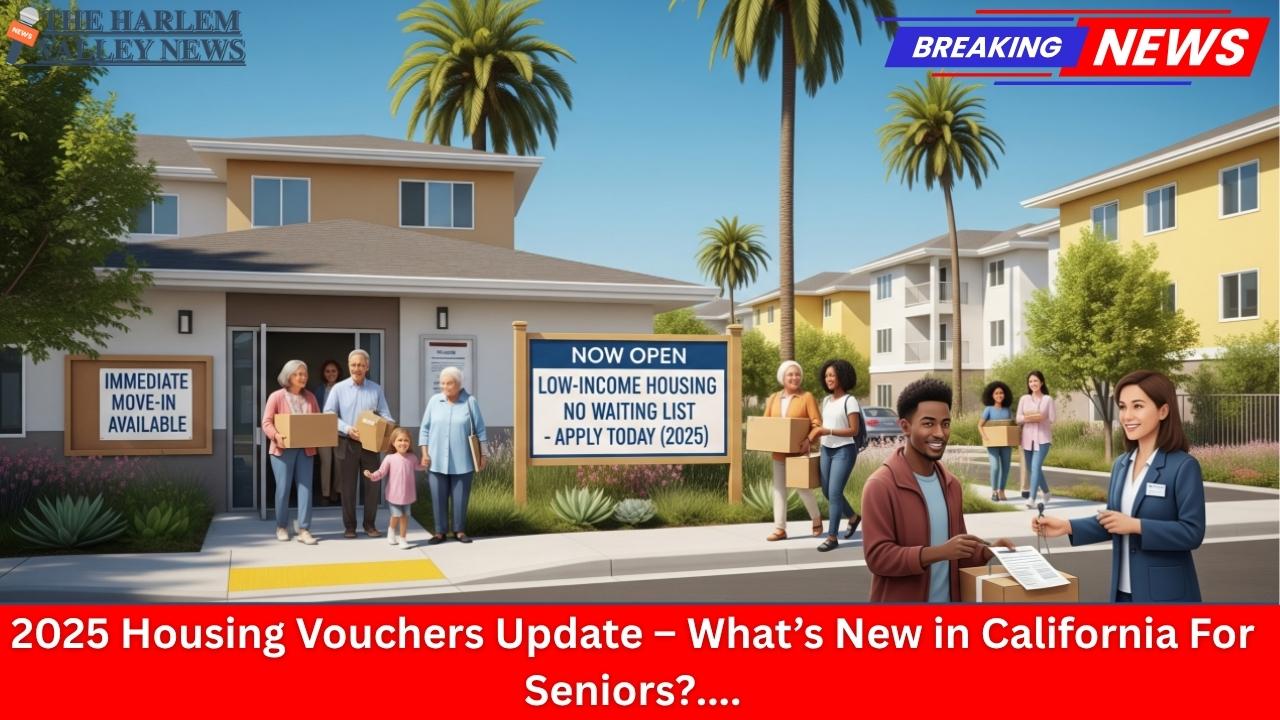

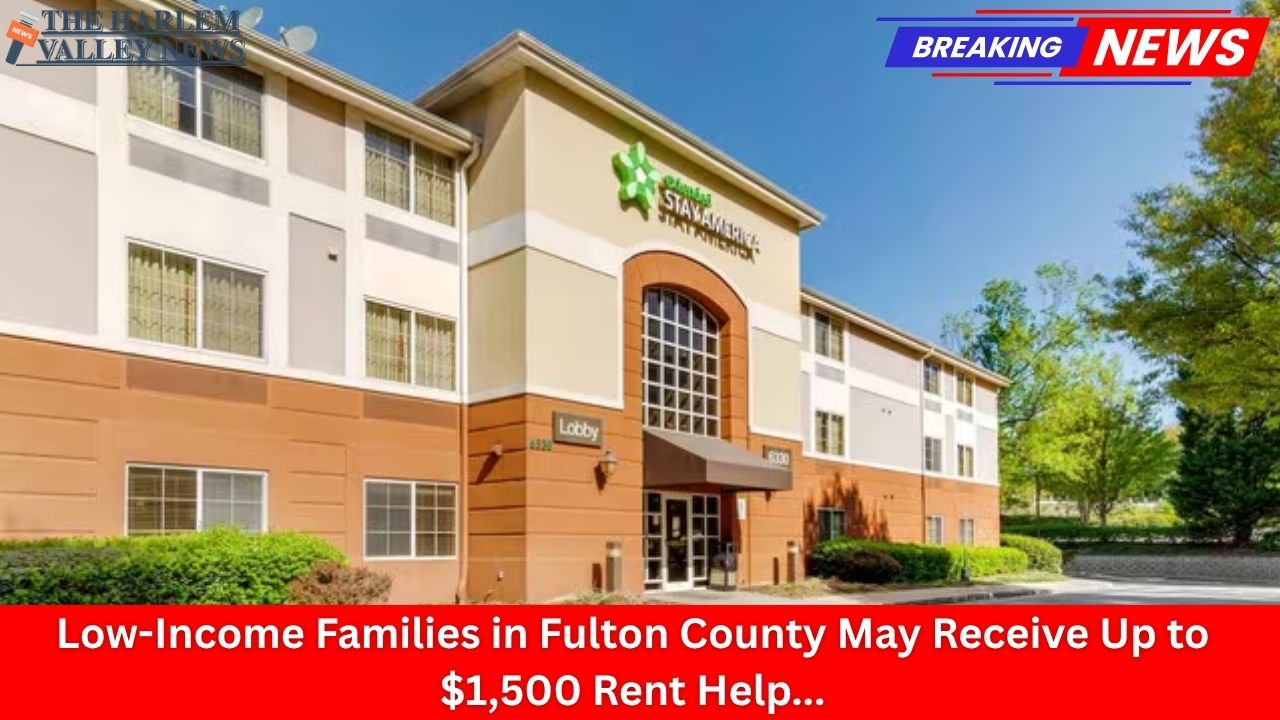
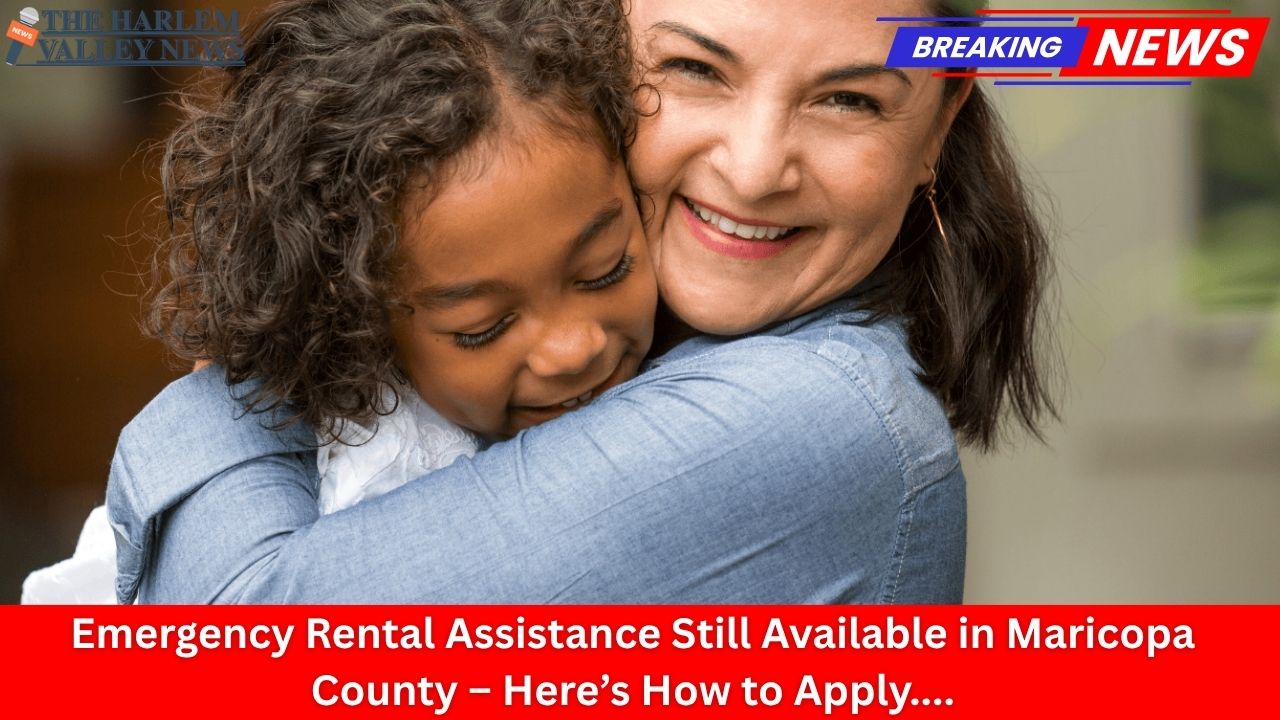
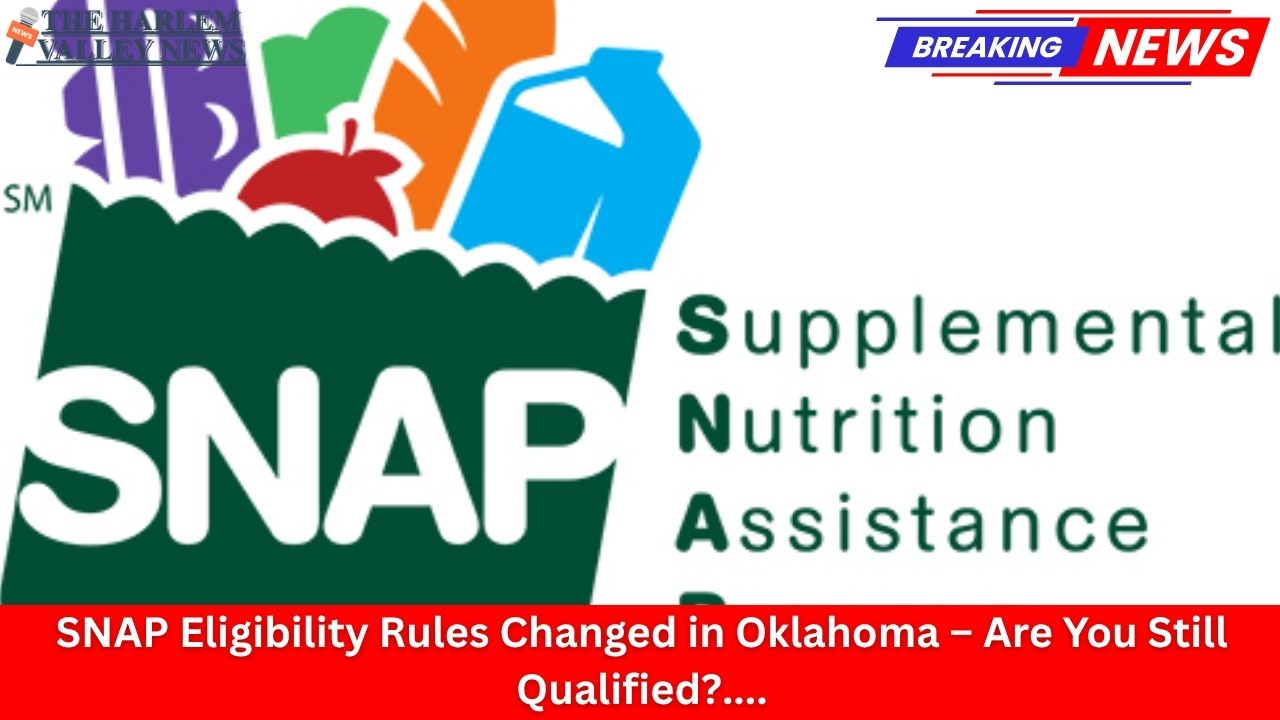


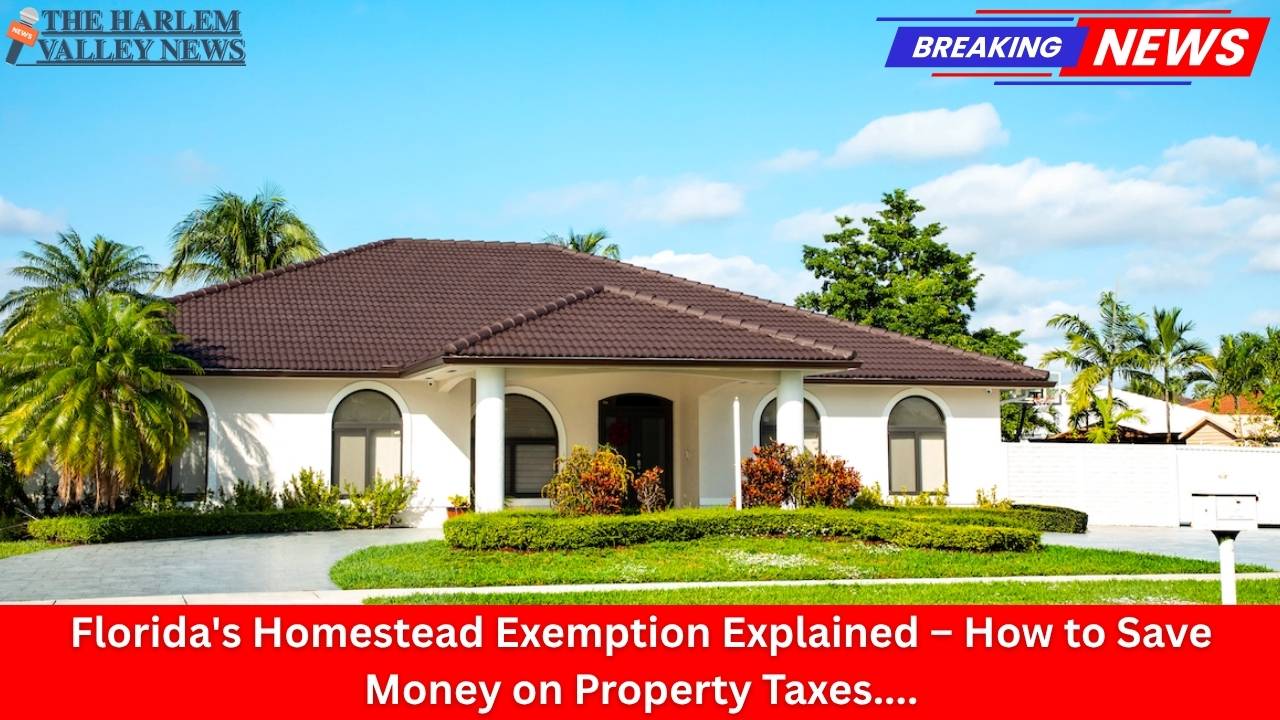


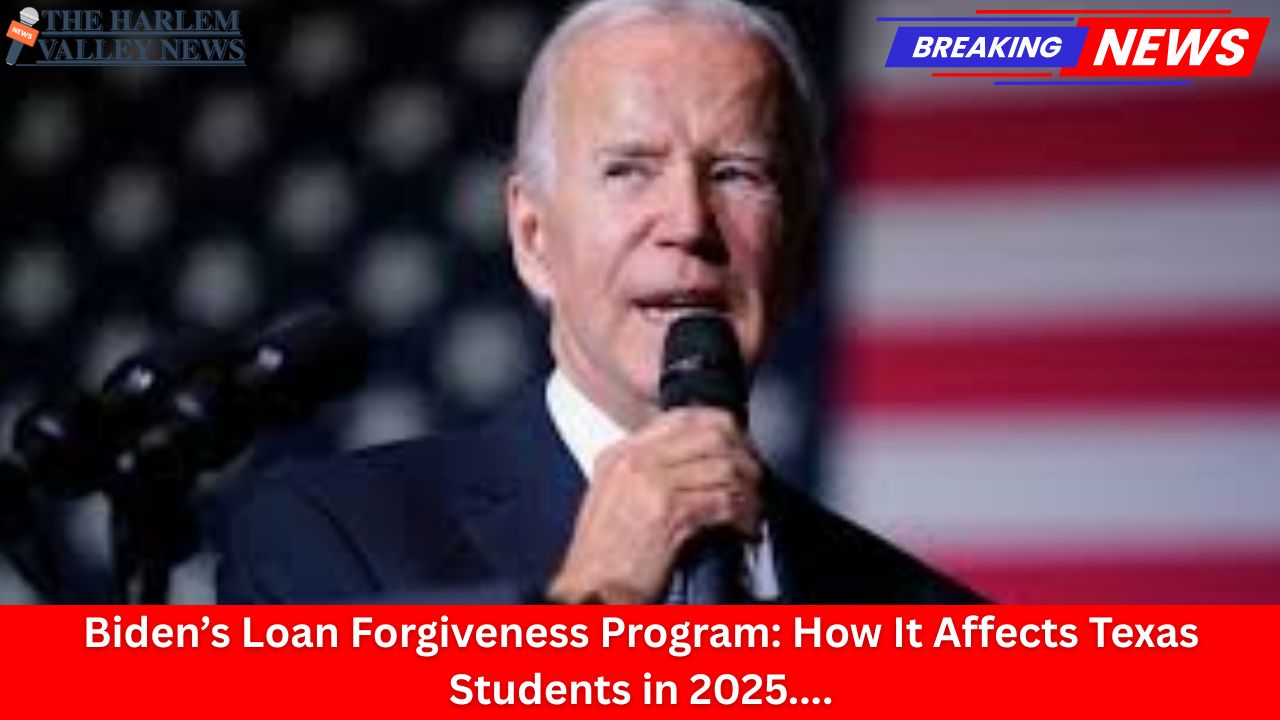
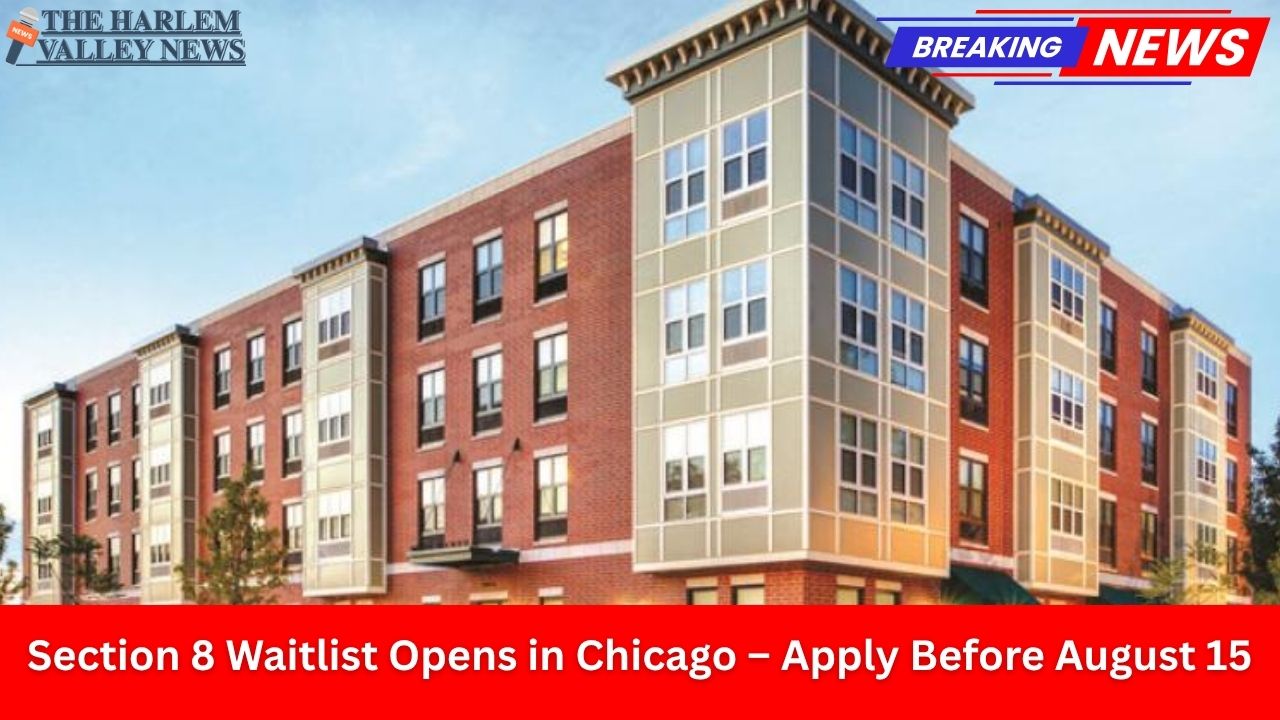
Leave a Reply